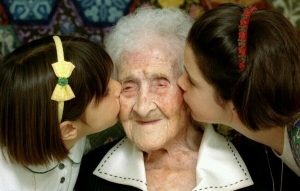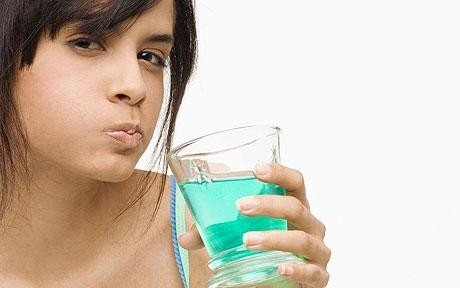Although your dentist can easily fix any cavities, stains, or teeth issues you may have, it’s better (and cheaper!) to prevent these in the first place, by properly brushing, flossing, and most importantly, eating right. Believe it or not, the food we eat has a big impact on the health of our teeth. This guide will give you a list of foods to watch out for.
1. Dried Fruits : This one may be surprising since fruits are considered healthy, but in their dried form, they are bad for your teeth. The reason for this is they are high in sugar and sticky so easily cling to your teeth, which can cause acids to build up. It’s much better to eat fruits in their fresh forms.
2. Pickles: The acid in vinegar, which is essential to the pickling process, is highly acidic, breaking down tooth enamel and causing staining. If you must eat pickles, consume in moderation and make sure you rinse out your mouth afterward.
3. Wine: Similar to pickles, red and white wines contain erosive acid, which damages the protective layer of your teeth. This lowers calcium and mineral levels and erodes the enamel. Eating cheese with your wine may counter the erosion since it’s high in calcium which helps minimize the acidic damage.
4. Pops and Sodas: Not only are these drinks packed with sugar, they are also highly acidic which lowers calcium and mineral levels and can lead to tooth erosion. Sugar-free sodas, although less harmful, are still problematic since they contain citric and phosphoric acid which can cause tooth problems. It’s better for you – and your teeth- to stay away from these sugar-loaded beverages.
5. Coffee and Tea: Coffee and tea are teeth offenders because they have high tannin content which causes staining. They also make your teeth stickier, which makes it easier for food particles to latch on. A good rule of thumb to remember: The darker the drink, the darker the stain.
6. Hard Candies: Since hard candies take longer to dissolve in your mouth, this allows more time for bacteria to build up and produce teeth eroding acid. During this period, sugar is also sticking to your teeth, doubling the damage to your enamel.
7. Curry: Curry gives Indian food that delicious flavor, but it’s also damaging for your smile. The extreme yellow color of curry practically screams out that it will stain your teeth. Eat curry sparingly and combine it with foods like spinach, that will protect your tooth enamel.
8. Peanut butter: Although peanut butter is chock full of protein, it is also loaded in carbohydrates, which can lead to bacterial growth inside your mouth. Its creamy properties allow it to stick to your gums and teeth, which makes it easier for bacteria to erode your enamel. To minimize this problem, try natural peanut butter with no added sugars.
9. Popsicles: Popsicles are the perfect snack to cool off during the hot summer days; however, these cool colorful treats are also harmful to you. Their bright colors cannot only stain your teeth, but they are also packed full of sugar. Furthermore, the fact that people tend to lick Popsicles, which makes them longer to finish, means that your teeth will be exposed to the sugar for a longer period of time, leading to more potential damage.
10. Popcorn: Many people may not be aware, but popcorn is loaded with antioxidants that help your body. Unfortunately, it is also horrible for your gums and teeth. Popcorn is well-known for being stuck in your teeth, which encourages bacteria growth. The thin shells attached to the popcorn can also cause gum problems and require potential surgery to remove it. Indulging yourself in a bag of popcorn is fine from time to time, just remember to rinse, floss, and brush afterward.



